








The hospital system lacked an efficient and scalable approach to analyze the vast volume of unstructured clinical notes stored in electronic health records (EHRs). Existing manual review processes were not only resource-intensive and error-prone but also failed to consistently surface critical gaps in care such as delayed follow-ups, medication non-adherence, or deviations from clinical guidelines. This fragmented workflow hindered timely intervention and made it difficult to track performance against national quality benchmarks. As a result, the organization faced increasing pressure to improve compliance reporting, ensure patient safety, and meet evolving regulatory requirements—without a reliable, data-driven foundation to support these goals.
To address these challenges, the hospital system deployed a natural language processing (NLP) solution designed to interpret and extract actionable insights from unstructured EHR notes. The system automatically identified clinical patterns and quality gaps, enabling real-time detection of compliance issues and care deficiencies. Integrated with the hospital’s reporting tools, the NLP engine generated structured outputs for regulatory submissions and internal performance tracking. This automation significantly reduced manual workload, improved accuracy in identifying risk areas, and provided clinical teams with timely, prioritized information to support decision-making. As a result, the organization enhanced adherence to quality metrics, streamlined compliance workflows, and improved overall patient safety outcomes.



